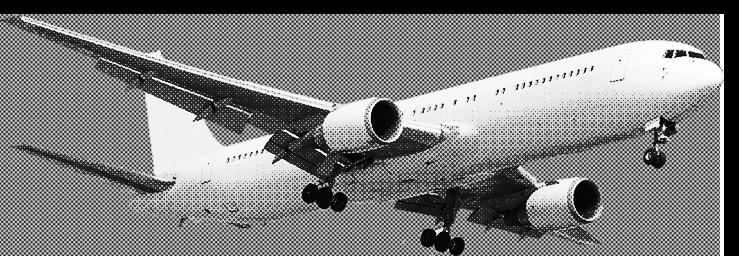
3 minute read
Reasons to invest in sustainable aviation
Soar into a booming market
• The aviation market is projected to reach $396.15 billion by 2029.
• Expected CAGR of 2.87% from 2024-2029. It is a growing market that needs to be decarbonised to hit 2050 targets.
• Significant growth expected in emerging markets, particularly in South Asia and the Far East.
Ride the green regulatory wave
• There is a global push for aviation decarbonisation through mandates and incentives.
• Increasing regulatory pressure in Europe, with indications of similar trends in China and India.
Sustainable aviation fuel: fuel fossil-free flight
• Potential to reduce lifecycle emissions by 80% or more compared to conventional jet fuel.
• The SAF market is to grow to over $27 billion by 2032, driven by regulatory mandates and industry commitments.
Hydrogen: the sky-high revolution
• Hydrogen fuel cells could reduce emissions by 75-90% while making aircraft cheaper to operate.
• Companies like ZeroAvia are targeting commercial hydrogen-electric flights this decade.
Batteries: powering up aviation's potential
• Annual improvements of 5-8% in battery energy density over the past decade.
• Approaching the 400-500 Wh/kg threshold for viable electric aircraft.
• Advancements benefit both aviation, maritime and electric vehicle sectors.
Streamlining the skies: efficiency takes flight
• New aircraft designs and materials reduce fuel consumption by 15-20%.
• Opportunities in aerodynamics and lightweight materials.
CDR: capturing opportunities in carbon tech
• Growing interest from policymakers and investors.
• Driven by regulatory pressure, demand for carbon-neutral products, and technological advancements.
• Potential for cost reductions and wider adoption.
Sustainable cabin design: elevating eco-friendly interiors
• Aircraft cabin interiors are projected to reach $38.85 billion by 2030, growing at a CAGR of 5.2%.
• Innovations in sustainable materials, such as recycled plastics and bio-based composites, reducing the carbon footprint of cabin components.
• Regulatory and public pressures to stop the use of Single Use Plastics (SUPPS) creates a need for alternatives.
Airport infrastructure: building the gateways of tomorrow
• The global smart airport market size is expected to reach $25.09 billion by 2025, growing at a CAGR of 10.7%
• Electric ground support equipment (eGSE) is rapidly being adopted.
• Airports need renewable energy resources leading to the potential for airport-only grids..Innovative materials such as carbon-capturing concrete can be deployed.
Digital solutions: optimising aviation for sustainability
• AI-driven predictive maintenance can reduce aircraft downtime and cut maintenance costs.
• Data can help airlines avoid contrails, and make an immediate outsized impact on aviation’s emissions footprint.
• Digital platforms for collaborative decision-making between airports, airlines, and air traffic control can significantly reduce delays and associated emissions.
Climate tech: the next unicorn frontier
• Industry leaders predict significant growth in climate tech unicorns.
• Significant opportunities will arise from an industry-wide shift away from fossil fuels.

